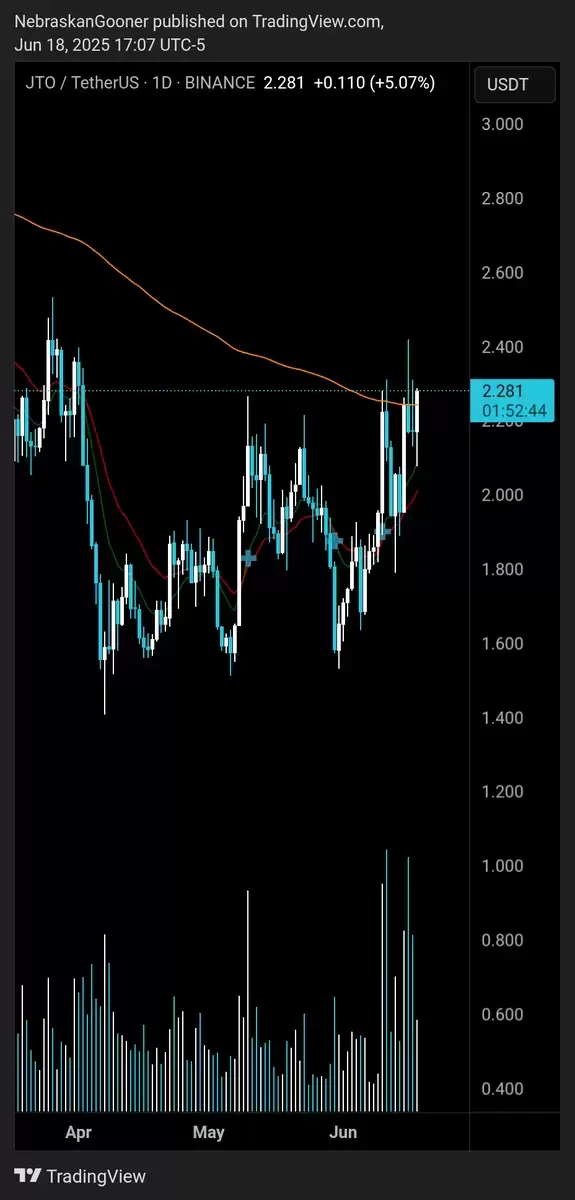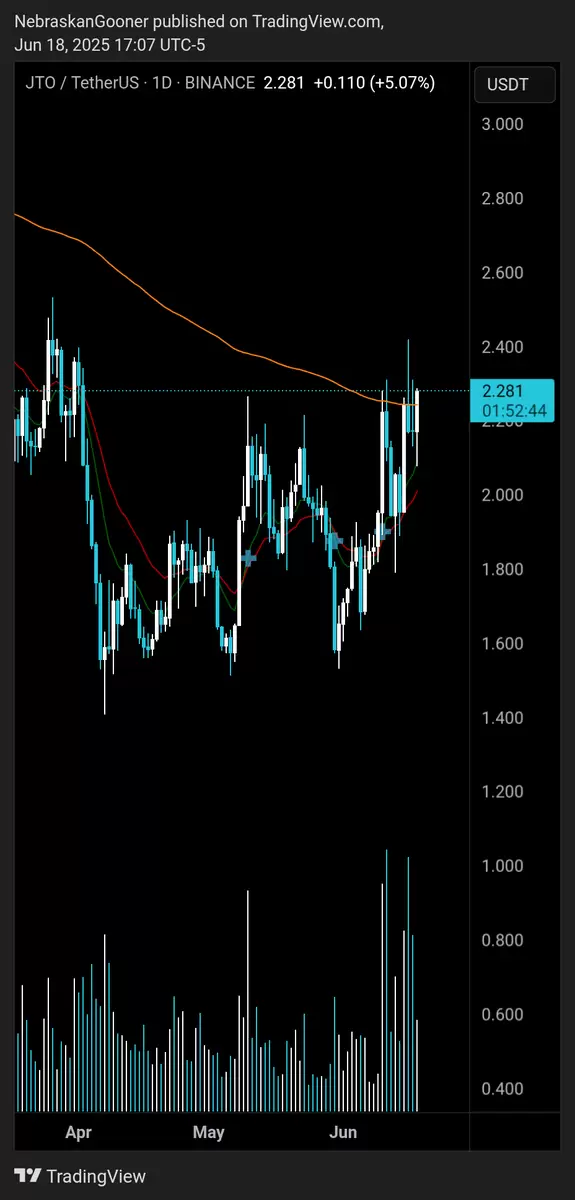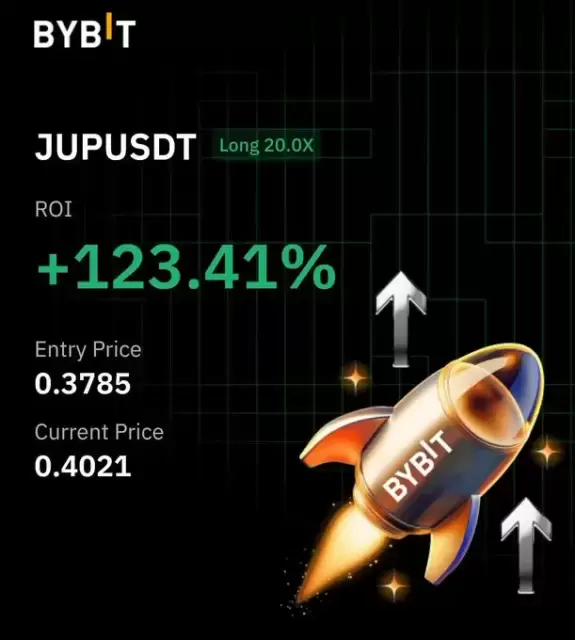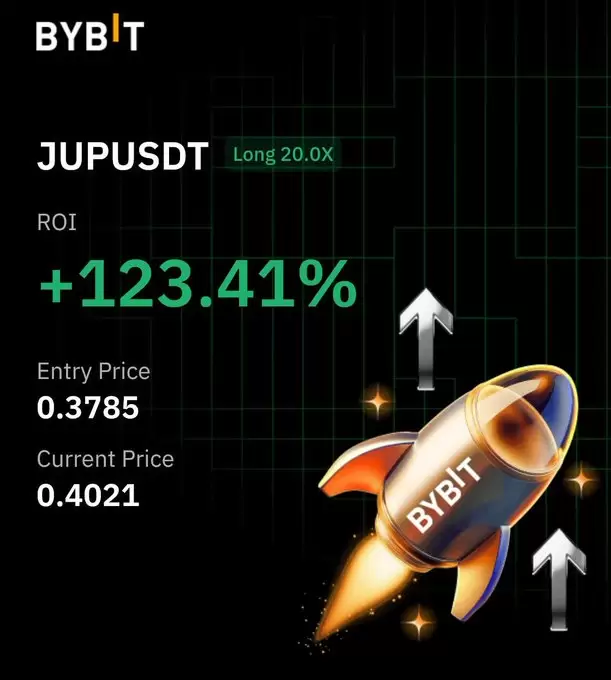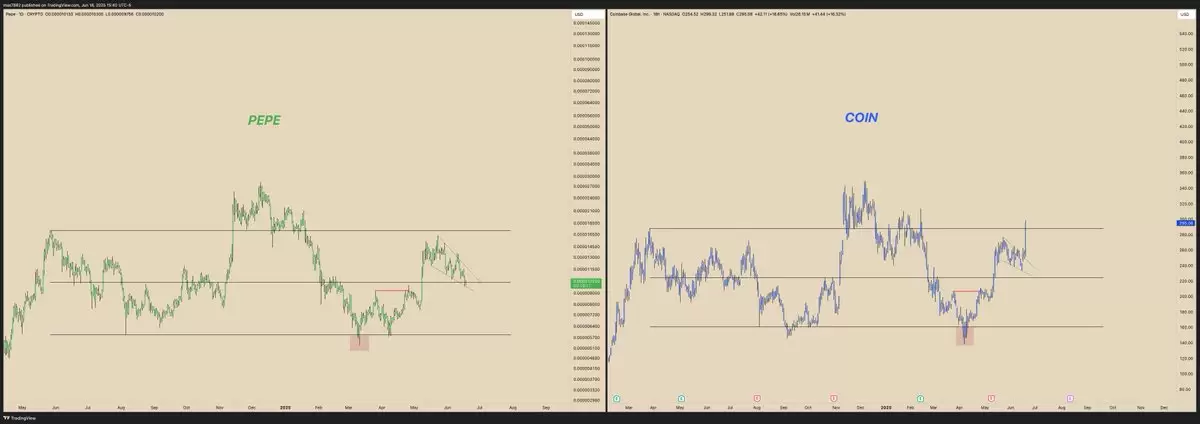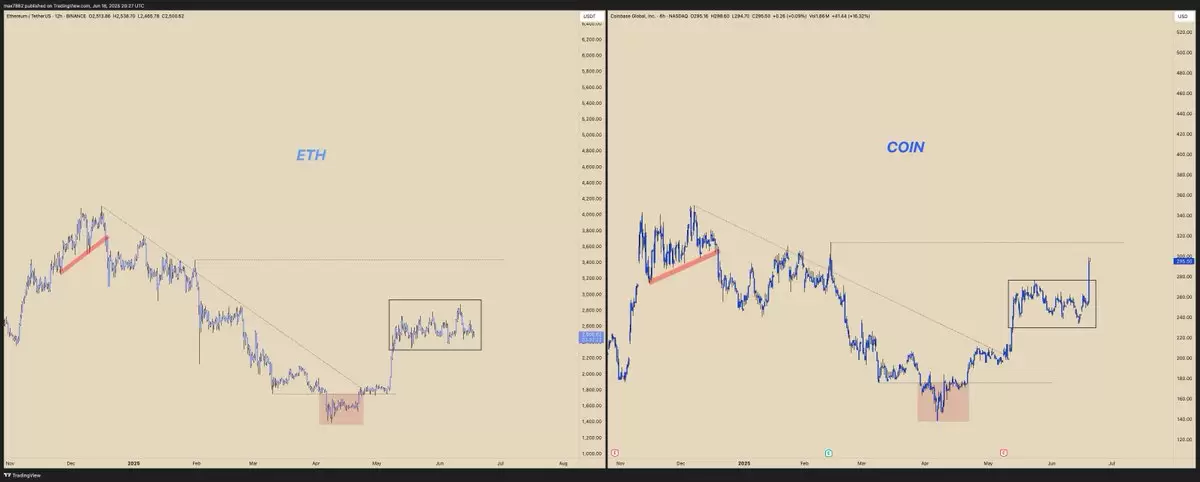All-time High
$10.16
Mar 25, 2022
All-time Low
$0.07
May 31, 2025
Volume(24h)
$14M
Turnover rate
60.33%
Market Cap
$23.2124M
FDV
$106.9M
Circulating supply
$217.23M
Total supply
$1B
Max supply
Website
Contracts
Explorers
https://polygonscan.com/address/0x306ee01a6bA3b4a8e993fA2C1ADC7ea24462000c
https://polygonscan.com/address/0x306ee01a6bA3b4a8e993fA2C1ADC7ea24462000c
https://app.nansen.ai/token-god-mode?chain=ethereum&tab=transactions&tokenAddress=0x306ee01a6bA3b4a8e993fA2C1ADC7ea24462000c
https://etherscan.io/token/0x306ee01a6bA3b4a8e993fA2C1ADC7ea24462000c
https://scope.klaytn.com/account/0xe06597d02a2c3aa7a9708de2cfa587b128bd3815?tabId=txList

Currency Calculator
{{conversion_one_currency}}
{{conversion_two_currency}}
Community sentiment

26%
74%


Bullish

Bearish
Artificial Superintelligence Alliance Community Hotspots
NEOPIN News
Oct / 14
-

- This Week's 5 Bullish and 5 Bearish Crypto Assets to Watch
- Oct 14, 2024 at 04:43 pm
- This week, the bullish crypto lineup is led by TURBO (TURBO) in first place, followed by NEOPIN (NPT) anda DEGEN (DEGEN).
Apr / 23
-
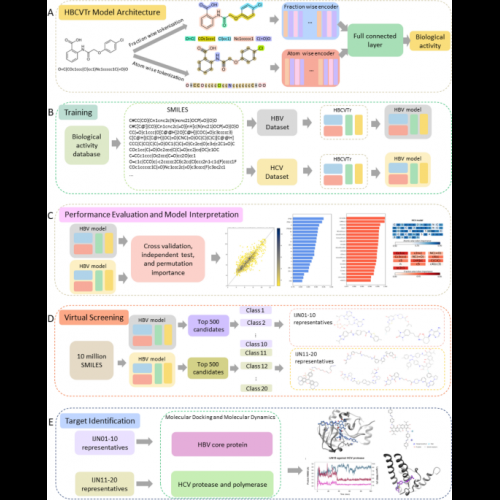
- Harnessing AI to Combat Hepatitis: Virtual Screening Tool Identifies Dormant Inhibitors
- Apr 23, 2024 at 05:02 am
- A new computational methodology, HBCVTr, was developed to predict the antiviral activity of small molecules against hepatitis B virus (HBV) and hepatitis C virus (HCV) using their SMILES notations. This methodology combines bidirectional and auto-regressive transformer (BART) architecture with atom-wise and fraction-wise tokenization techniques to capture the sequential information and chemical features of SMILES. The models were trained and evaluated on curated datasets containing 1941 and 7454 compounds for HBV and HCV, respectively. The HBCVTr models achieved superior performance compared to various machine learning models and existing methods, with high accuracy and robust prediction capabilities. Virtual screening using the HBCVTr models identified potential HBV and HCV inhibitors with promising pharmacokinetic properties. Molecular docking and molecular dynamics simulations further validated the binding affinity and stability of the top candidates, providing insights into their potential mechanisms of action. This methodology offers a valuable tool for discovering and designing novel antiviral therapies against HBV and HCV.












































































